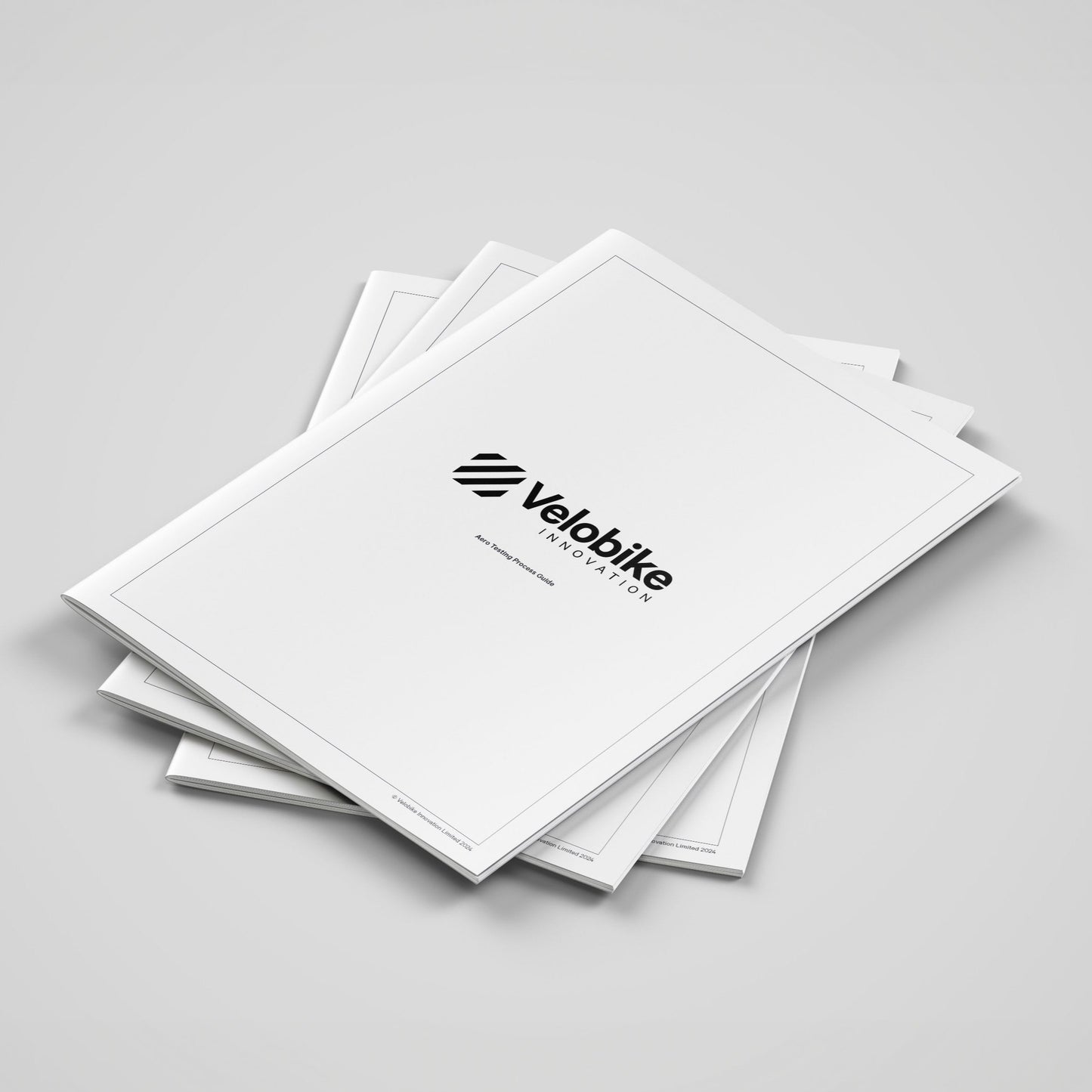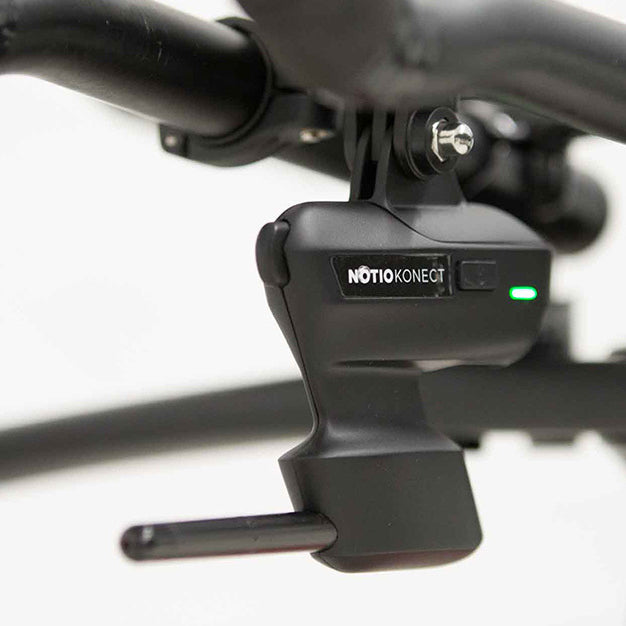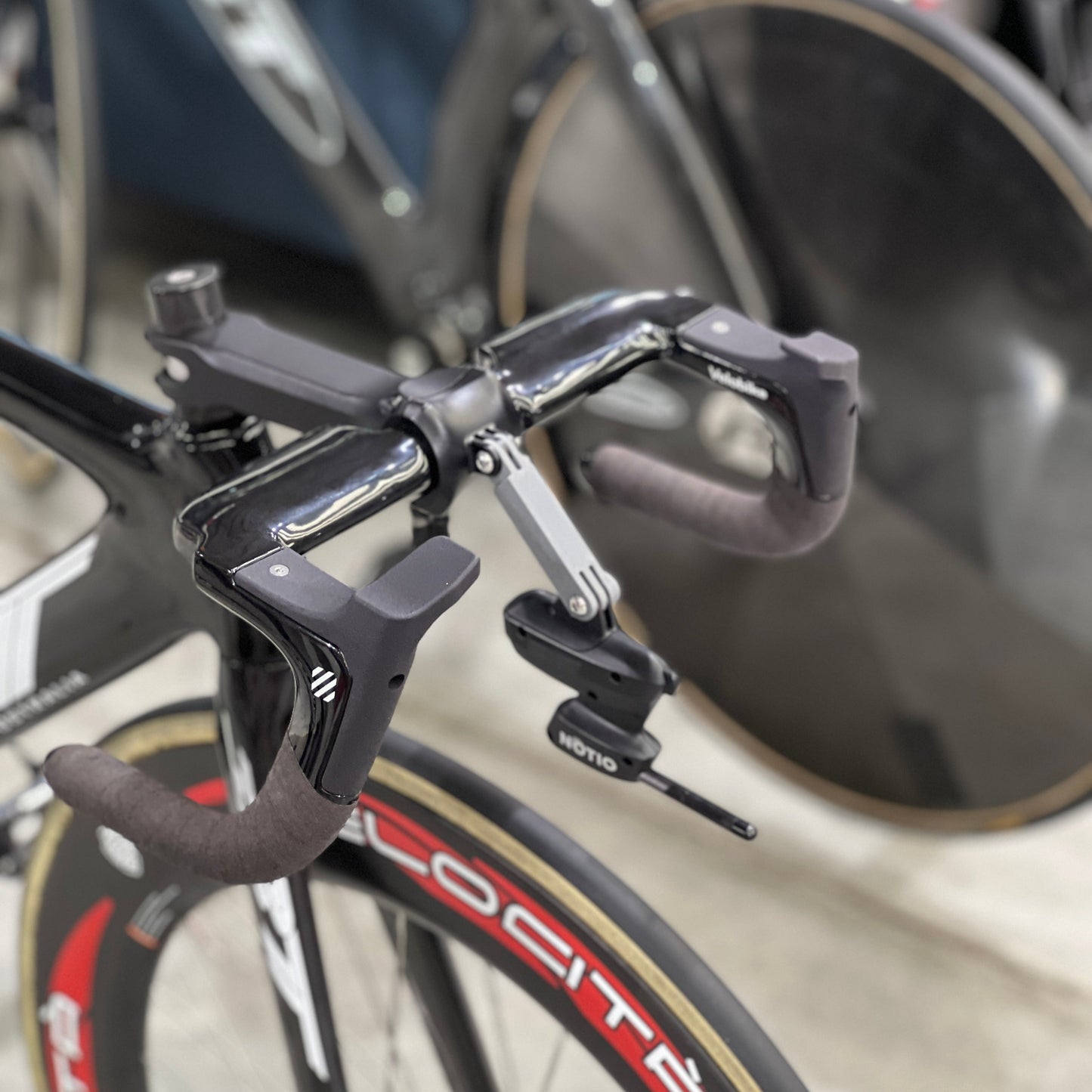Aero Testing Process Guide
Aero Testing Process Guide
SKU:VB-TR-ATPM
5.0 / 5.0
(9) 9 total reviews
Couldn't load pickup availability
This digital document is a step-by-step guide to aero testing in a velodrome using the Notio aerometer. It details the pre, during, and post testing protocol, to produce reliable and usable results. Equipment requirements and screenshots are included to help streamline the process and prevent unnecessary mishaps on the day of testing.
Why aero test
Being able to quantify the aerodynamic efficiency of a cyclist is hugely valuable when searching for performance gains. It allows you to compare the aero contributions of certain equipment choices or positions. You can then make informed decisions to steer your setup choices.
In a world where every aspect of performance is measured and analysed, it would be naive to ignore the effects of aerodynamic drag. At high speeds (50+ kph) approximately 90% of your power is used to overcome aerodynamic drag (Grappe et al., 1997). Every scenario yields different results, but to use an example of a certain athlete riding at 50kph, reducing CdA by 5% can result in a power saving in the ballpark of 16 watts.
Why create the guide
We recognise the challenges posed by the laborious and at times slow-paced nature of aero testing as demonstrated by our inhouse experimentation with aero testing processes. In response to this, we took all our learnings and designed this resource to help guide and streamline the process for others. Every time we do on track aero testing, the document acts as a benchmark process to keep our aero validation process consistent.
What is in the guide
Crafted as a result of our engineering internship program, the guide is the culmination of insights, experimentation, and a commitment to knowledge sharing in the cycling aerodynamics space. It breaks down the process into manageable steps, from equipment requirements to setting up the testing environment and interpreting the results. It is designed to eliminate unnecessary complexities and avoid mistakes that will impair the results.
Who is it for
This guide is directed towards performance focused end of the cycling spectrum who seek validation on equipment or setup decisions. Whether you're a seasoned racer, a mechanic, or a cycling enthusiast eager to spend some time optimising your setup, our guide caters to you.
Summary
As the cycling world evolves, so will this guide. Expect updates to keep you at the forefront of cycling aerodynamics, including more online tools that relates CdA to power output.
Share




What a great guide to help refine position and equipment. As an older rider doing endurance cycling most of my life I can appreciate that position is the most important part saving energy for the long run. I will use the guide to help refine my position and secondarily my equipment to become a more efficient cyclist. I already have a couple Canadian age group hour records but I know with the guide I can refine even more. Keep up the great work.
Good advice
This guide is a great way to get started in aerodynamic testing with the Notio aero sensor device. You are guided through the entire process of testing from preparation to post processing the data.
If you go through this guide step b step you are sure to have a successful testing session.
Being a MAS6 and just starting to get serious about competing at State and National level on the track this guide was useful in order to understand the protocol for testing. As I don’t have access to a wind tunnel to be able to conduct testing regarding how aerodynamic/efficient I am nor do I have the funds. Having the information to be able to access data CdA, and be able to prepare better with limited time wasting whilst setting up bike profile “reach, stack height, saddle height” which requires additional equipment eg:spacers/tools. So the next step is to organise the testing, people and velodrome ‘unfortunately outdoor’ is the only choice. Which brings me to another question, which, is usually the case when conducting such activities is the environment ’wind’ relating to yaw angle when riding on open velodromes and the effect it has on testing. Otherwise I feel I have the necessary tools and this guide to move forward.




